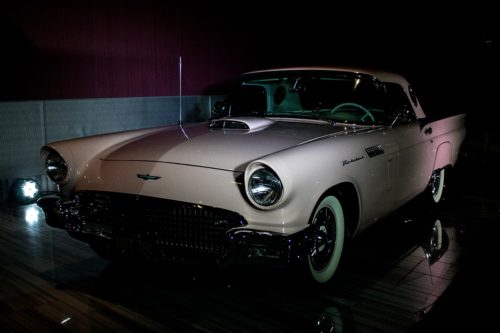
The ability to own a motor vehicle is a luxury most car owners fail to truly appreciate. Nevermind the amenities of higher-end models or the freedom of exploring the open road; simply having a running set of wheels is a portal to a better quality of life and exponential opportunity for multiple members of a single family.
This underappreciated aspect of car ownership is, to some extent, responsible for the frustrations which come with having a motor vehicle. Most folks simply do not appreciate the true cost of owning a car. Beyond the sticker price, fuel, and monthly payments/premiums lie the expenses associated with automobile maintenance; on average, the typical car repair in the United States runs a little shy of $400 as of 2016.
It’s the price we pay for the ability to travel 200-400 miles between refuels, which requires the precise synchronization of thousands of parts – most of them moving at high rates of speed – in order to achieve. Such amazing technology depends on a very complex system. Mechanical breakdowns and failures are to be expected over time.
However, the rate of breakdowns is not equally dispersed across all makes and models. This, in addition to other factors, creates a conundrum for car owners in both the buying, owning, and selling of a motor vehicle. We call this the economy of cost-effective car ownership, and managing it successfully can be achieved in part by considering the following:
Repair or Replace?
If the vehicle is new enough and still under warranty then a repair may be covered and therefore free of charge. In this case, it’s clearly best to keep the car for the time being. However, keep in mind most normal wear and tear parts are not covered under extended warranties. These include brake pads, bushings, and other components of a vehicle which are expected to be replaced over time due to the nature of their purpose.
Inevitable repairs ought to always be factored into the overall cost of owning a car; however, if a car out of warranty is in need of major repairs – the transmission fails for example – then it’s almost a given the better economic decision is to sell the car for what it’s worth and replace it rather than pay for the repair, which can easily enter deep four-figure territory.
New or Used?
If buying a car to replace a failing one is in the cards, the first question is almost invariably “new or used?” If finances and credit make financing a difficult if not impossible task, used is likely the only answer. However, even those able to drive off the lot with a new car ought to consider preowned first.
The reasons for opting for used include avoiding paying for the instant depreciation which occurs when driving off the lot with a new car. A gently pre-owned vehicle, all things considered, will be a much better bargain. If shopping for a used car with higher mileage, keeping a close eye on the Kelley Blue Book value to avoid overspending, as what can seem like a bargain is far from it if various factors aren’t adding up right.
Price or Pain?
Lastly, we come to the elephant in the bar buying room: prioritizing reliability over price and appearance. Too often, vehicles are ultimately purchased due to being deemed attractive and having a price tag below the upper-limit decided upon when the buying process began. This fails to account for the reputation of the manufacturer, model, and type car.
Yes, it’s a “pick your poison” situation – choosing between paying more now or later – but long term savings are almost always assured when opting for a dependable car rather than the prettiest/cheapest combo. For instance, the MSRP for a 2017 Toyota Camry is about $2,000 more than that of a comparable 2017 Chevrolet Malibu. It’s no coincidence Toyota consistently enjoys a higher dependability rating than Chevrolet. Considering the aforementioned average cost for a single repair clocked at around $380, a few thousand extra paid upfront is the better bargain assuming a less dependable option would require a repair every other year over ten years.
If you own a car, consider yourself a fortunate person. The mobility and utility enjoyed by car owners is a luxury of the modern age which rarely gets acknowledged as such. However, one place we invariably feel the value of car ownership is the buying and maintenance processes, both reflective of how useful and often times necessary a pair of wheels is in the present day.
 Gearfuse Technology, Science, Culture & More
Gearfuse Technology, Science, Culture & More


